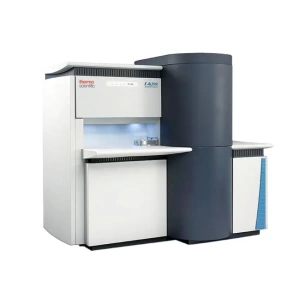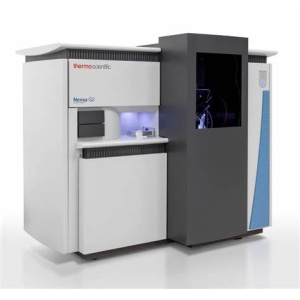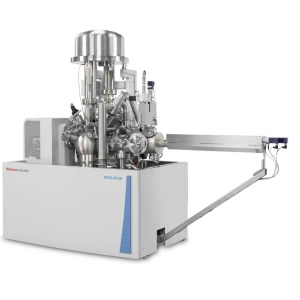Analysis of Electrode Materials for
Lithium Ion Batteries
For a large number of applications, from automobiles to portable electronics, lithium-ion battery assemblies have become the energy storage solution of choice. Lithium ion (Li-ion) battery cells are lightweight compared to other battery technologies, which makes them appropriate for transport applications when combined with their relatively high energy density, and
can mitigate against their higher cost. Further improving the performance of Li-ion cells, for example to increase energy density, reduce weight, decrease costs, and improve recharge times, involves developing improvements to at least one of the core components of the cell.
In this application note, the Thermo Scientific™ K-Alpha™ X-ray Photoelectron Spectrometer (XPS) System was used to analyze the surface of lithium-ion battery electrodes. Due to the air-sensitive nature of these materials, the K-Alpha vacuum transfer module was used to safely transport the samples from a glove box to the instrument without exposure to ambient atmosphere. This ensured that the surface was as representative of the electrode material as removed from the cell.
Read the APPLICATION NOTE below for more information!
APPLICATION NOTES
XPS X-Ray Photoelectron Spectroscopy
XPS X-Ray Photoelectron Spectroscopy
XPS X-Ray Photoelectron Spectroscopy



